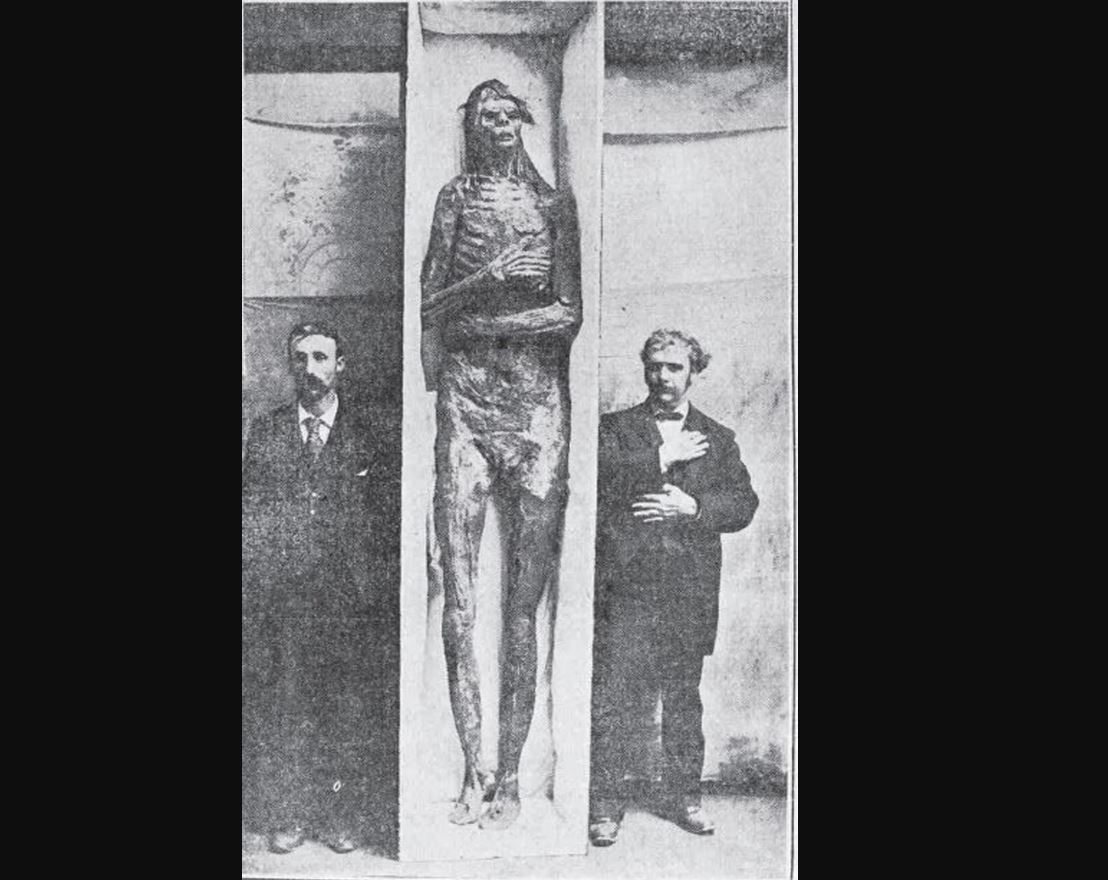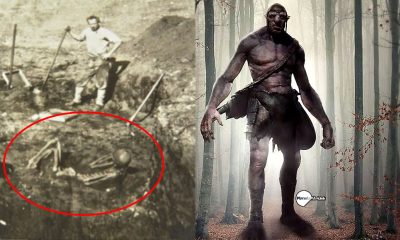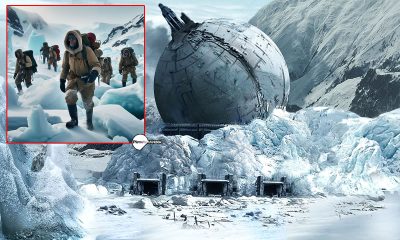In almost every civilization in the world, there are stories and legends about humanoid beings of great height, far superior to the average human. Santa Catalina Island in California is no exception; it is one of the places where these giants may have developed and become extinct.
The discovery of giant skeletons on Catalina Island is a fascinating topic that has divided the academic community. There have been reports of skeletal remains measuring up to 2.8 meters tall. If these skeletons really belonged to giants , it could challenge our understanding of human evolution and reshape our perception of the past.
Located off the coast of California lies Catalina Island, a place known for its stunning natural beauty and captivating history. But beneath its picturesque surface lies a mystery that has baffled researchers for decades: the discovery of the mysterious blond giants .
At the beginning of the 20th century, a man named Ralph Glidden stumbled upon something truly extraordinary. Glidden, an archaeologist and treasure hunter, discovered a series of skeletons on Catalina Island that challenged conventional beliefs about ancient civilizations.
The discovery of the giant skeletons
Glidden’s excavation site revealed a surprising find: skeletons measuring 7 to 9 feet tall with distinctly blond hair. These mysterious giants were buried in shallow graves, leading Glidden and his team to wonder who these individuals were and how they ended up on Catalina Island.

Photograph showing Ralph Glidden at an excavation site next to a “human giant” he is said to have found on Santa Catalina Island in the early 20th century.
The discovery of these skeletons shocked the archaeological community. It completely contradicted what historians thought they knew about the ancient populations of North America.
The height and unusual features of these individuals certainly caught our attention, raising questions about their origins and possible connections to other ancient civilizations.
As researchers examined the skeletons, they noticed a notable absence of artifacts or possessions, a puzzling observation. Could this mean these giants were travelers or perhaps even refugees seeking sanctuary on Catalina Island?
Glidden’s meticulous notes speculated that these giants were descendants of a race of red-haired, light-skinned, blue-eyed giants who lived on the island long before any recorded history. Accounts of such giants can be found in the oral history of the Northern Paiute.
These giants, known as Si-Te-Cah or Saiduka, are an extinct legendary people living in several locations in Nevada.
Despite Glidden’s extensive documentation, his findings were met with skepticism and controversy by mainstream archaeologists. Many dismissed his claims as mere fabrications or misinterpretations.
Opinions against
Skeptics say there is no concrete evidence to support the existence of giants on Catalina Island. It is important to maintain a critical eye and not allow myths to overshadow established scientific knowledge.
Considering skeptical views, it is crucial to distinguish fact from fiction. Extraordinary claims require extraordinary evidence. Scientific analysis, such as DNA testing and detailed examinations of skeletal remains, could help unravel this mystery once and for all.
Today, the mystery of the blond giants of Catalina Island remains unsolved. Sadly, the skeletons have been lost to time, leaving only Glidden’s photographs and stories as reminders of this enigmatic chapter of history.

The “jelly giant”, another of the ancient mysteries.
The Smithsonian is mentioned again in the mystery of the giants
Glidden, toward the end of his life, is said to have sold his entire collection of artifacts and skeletons for a mere $5,000 in 1962. It has also been claimed that some of the bones in Glidden’s collection were sent to the University of California and the Smithsonian Institution. However, when questioned, these institutions consistently denied having such specimens in their collections.
Tragically, Glidden died in 1967 at the age of 87, possibly taking with him many of the secrets of his work and possible answers to the mysteries surrounding it.
While the debate continues, Catalina Island remains a serene haven for visitors from around the world. Whether the giants of Catalina Island are a figment of the imagination or remnants of a forgotten civilization, their existence or nonexistence will continue to capture our imaginations and fuel our desire for discovery.
After reading about The Discovery of the Skeletal Remains of Blond Giants on Catalina Island, read about India’s Kashmir Giants: The Delhi Durbar of 1903, then read about the Conneaut Giants: Extensive Graveyard of Giant Race Discovered in the Early 19th Century.



